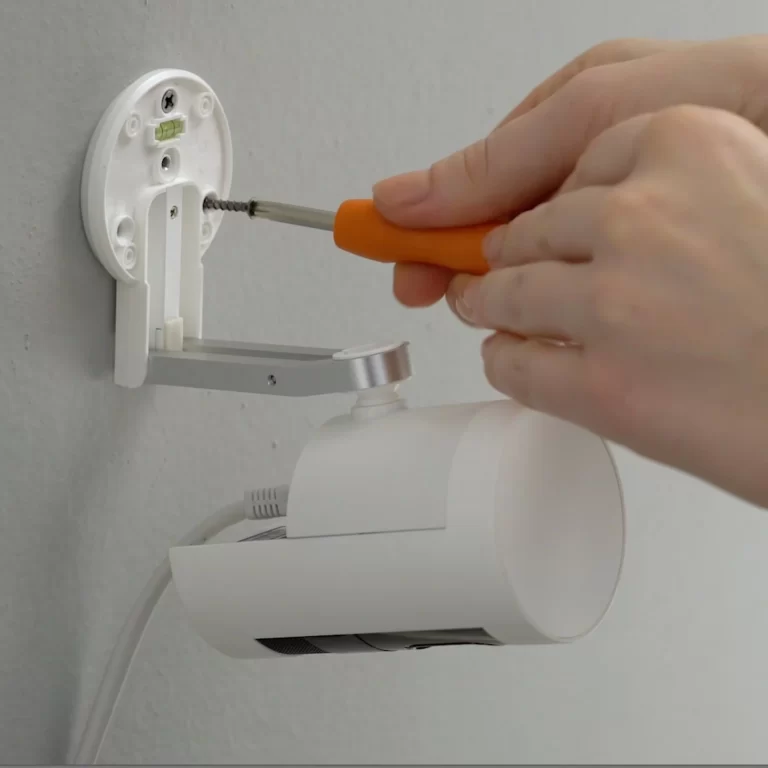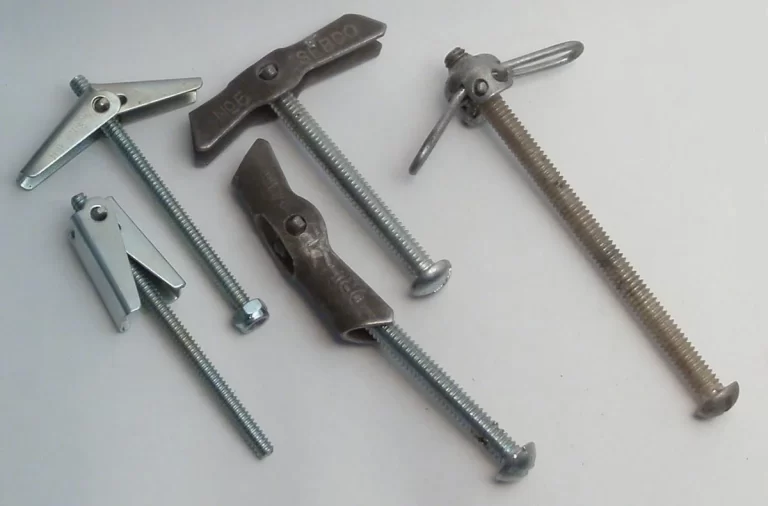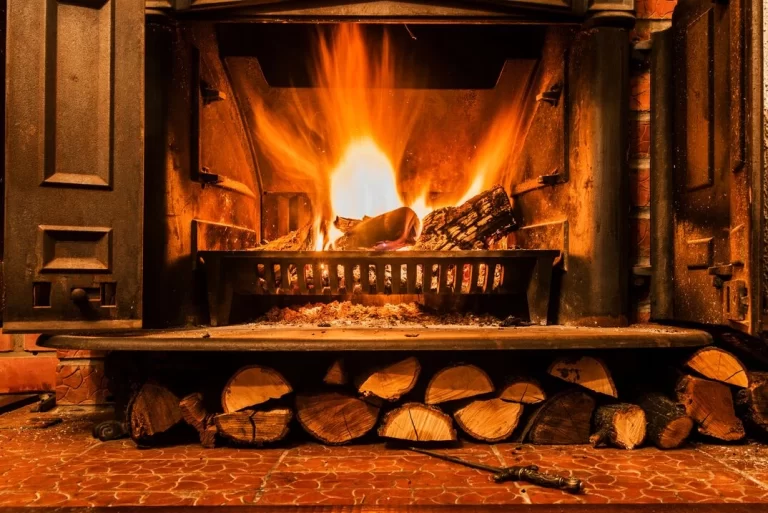How Do Louvre Doors Work? Advantages and Applications
How do louvre doors work? Discover the inner workings of louvre doors in this informative guide. Learn how louvre doors function and explore their various applications.
Louvre doors, often considered an architectural marvel, have found their way into homes, offices, and various other spaces. These aesthetically pleasing and functional doors have gained immense popularity.
In this comprehensive guide, we’ll delve into the fascinating world of louvre doors and answer the question, “How do louvre doors work?”
We will explore their mechanisms, applications, advantages, and even provide answers to some frequently asked questions.
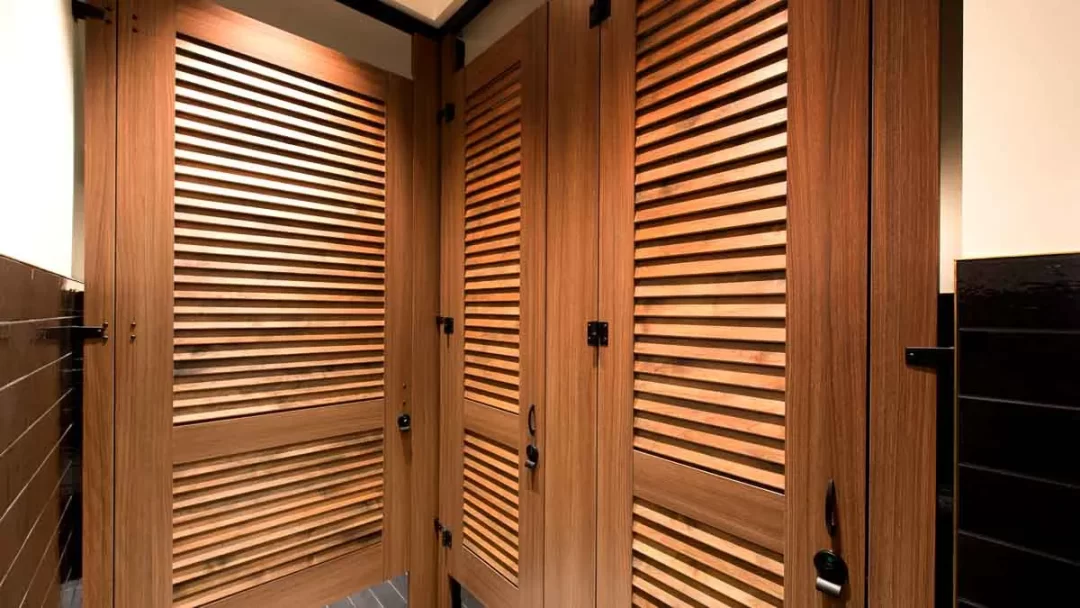
How Do Louvre Doors Work?
Louvre doors are not your average doors; they are a unique and stylish addition to any space.
Beyond their visual appeal, these doors are designed with a specific purpose in mind – to provide ventilation, privacy, and aesthetics simultaneously.
Louvre doors consist of horizontal slats, known as louvres, set within a frame. These louvres are adjustable, allowing for control over the amount of air and light that passes through.
The mechanism for adjusting the louvres is simple yet effective.
Louvre doors operate on a pivot mechanism. When you turn the handle or knob, it rotates a central rod that is connected to each louvre. This rotation tilts the louvres, either opening or closing them.
The angle of the louvres can be adjusted to suit your preferences, providing varying levels of ventilation and privacy.
Applications of Louvre Doors
Louvre doors find applications in a wide range of settings. They are commonly used in:
1. Closets: Louvre doors in closets allow for air circulation, preventing musty odors and mildew growth.
2. Wardrobes: Louvre doors add a touch of elegance to bedroom wardrobes while maintaining ventilation.
3. Cabinetry: Louvre doors on kitchen cabinets keep the contents well-ventilated.
4. Exterior Doors: Louvre doors can be used as entry doors to homes and offices, combining aesthetics with functionality.
5. Room Dividers: Louvre doors are excellent as room dividers in open-plan living spaces.
6. Plantation Shutters: Louvre-style shutters are used in windows for light and privacy control.
Advantages of Louvre Doors
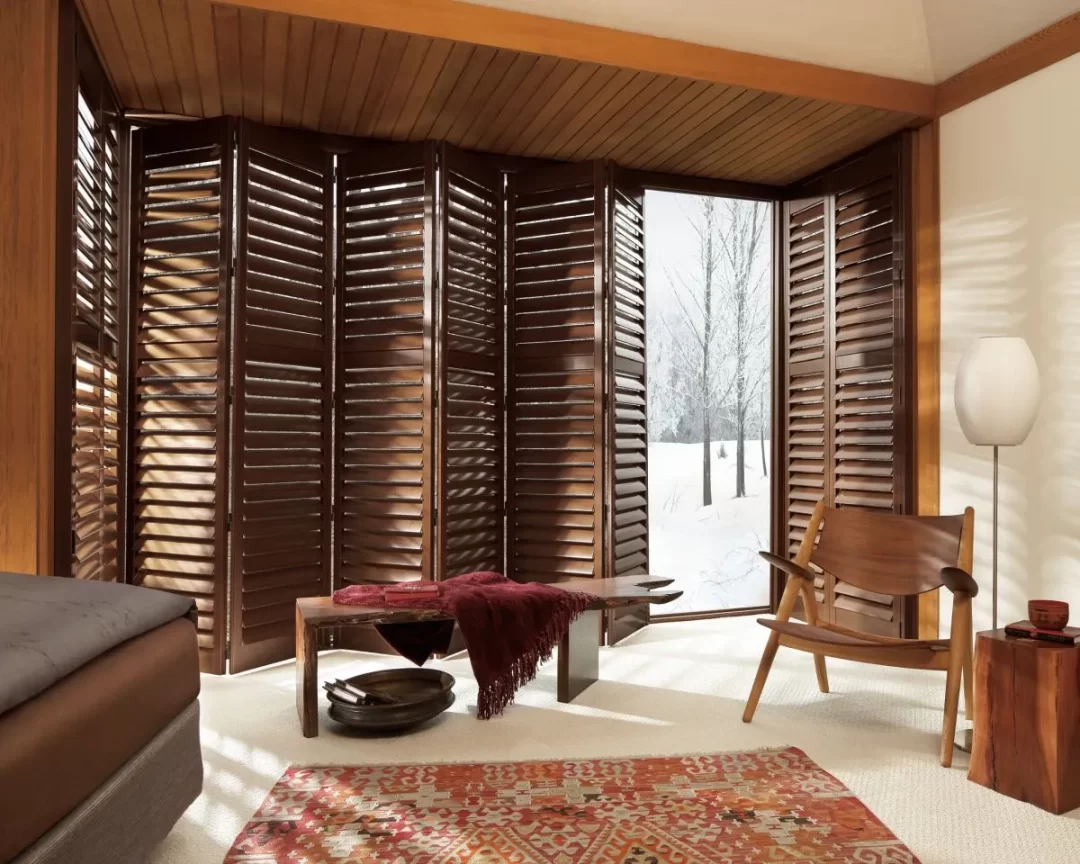
Here are some advantages of louvre doors:
1. Ventilation
One of the standout features of louvre doors is their ability to provide excellent ventilation.
Whether it’s a closet, wardrobe, or an entire room, louvre doors ensure a steady flow of fresh air, reducing the risk of moisture buildup and odors.
2. Aesthetic Appeal
Louvre doors are visually appealing, adding a touch of elegance and uniqueness to any space. They come in various materials and finishes, allowing you to match them with your interior décor.
3. Privacy Control
With the ability to adjust the louvres, you have precise control over the level of privacy you desire. You can keep them fully open, partially closed, or completely shut, depending on your needs.
4. Light Management
Louvre doors offer a clever way to manage natural light. You can filter in just the right amount of sunlight while keeping the harsh rays at bay.
Conclusion
Louvre doors are a remarkable combination of form and function. They not only enhance the visual appeal of a space but also offer practical benefits such as ventilation and privacy control.
Now that you know how louvre doors work and their numerous advantages, you can consider incorporating them into your home or office design.
Embrace the elegance and functionality of louvre doors to elevate your living spaces.
READ ALSO!!!


